Intl photography festival lifts its curtain in Xiamen
chinadaily.com.cn| Updated: Nov 26, 2019
[Photo provided to chinadaily.com.cn]
Influential figures of the Chinese art world are consultants for the 2019 edition of the festival: Gu Zheng (independent art historian and critic), Huang Rui (artist), Li Ge (chairman of the Chinese Photographers Association), Tang Xin (director of Taikang Space, Beijing), Philip Tinari (director of UCCA, Beijing), Wan Jie (chairman and president of Artron Art Group).
The festival will have two main sites around Xiamen's Jimei district this year: Three Shadows Xiamen Photography Art Centre and Jimei Citizen Square Main Exhibition Hall. Xiamen, formerly known as Amoy, a coastal city located across the Taiwan straits, has been an important port for centuries, famous with tourists for the colonial-era Gulangyu island, and now a vibrant and modern city that has become home to China's independent fashion scene.
Local Action, a special sub-exhibition of the festival, explores the links between photography and the local environment. This year, Magnum veteran Guy Le Querrec brings The Chinese Gesture, a series of photos he took during his voyages in China in the 1980s.
[Photo provided to chinadaily.com.cn]
The exhibition shows Guy Le Querrec's unique perspective on a transitioning China, in 70 shots of large cities – Beijing, Wuhan, Shanghai Suzhou, Nanjing, Guangzhou, Chengdu, Chongqing, Xiamen, Quanzhou, and the countryside of Fujian province.
Every year, Jimei x Arles focuses on the photographic scene of an Asian country. After South Korea (2018) and Indonesia (2017), this year Jimei x Arles invites India, with exhibitions curated by Indian photography specialists and produced in partnership with the Alkazi Foundation for the Arts (New Delhi) and the Museum of Art & Photography (Bangalore).
The contemporary work on display is shown alongside a range of early colonial photography on the subcontinent, from which much of it departs, forming a dialogue between the past and present, and revealing some of the influences of 21st-century practice.

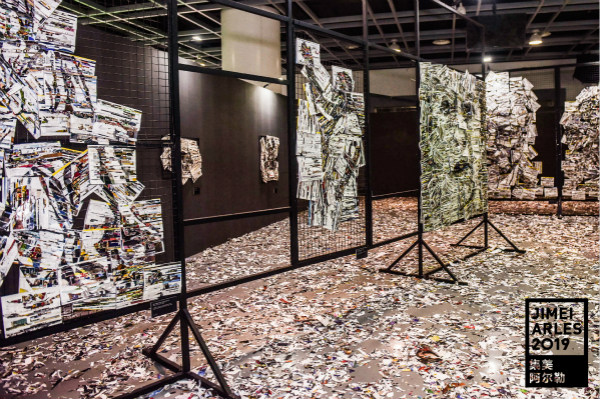
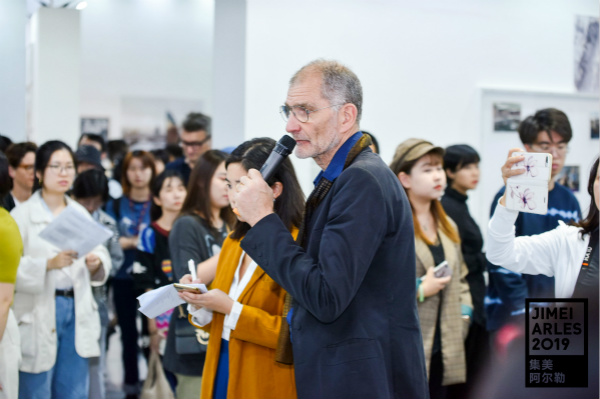
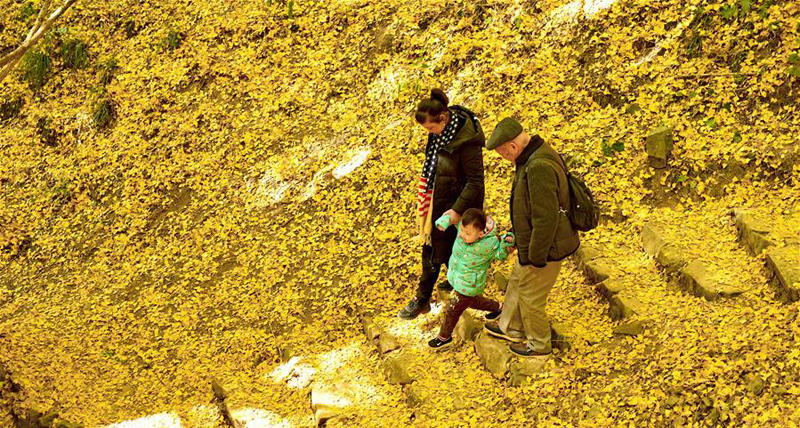
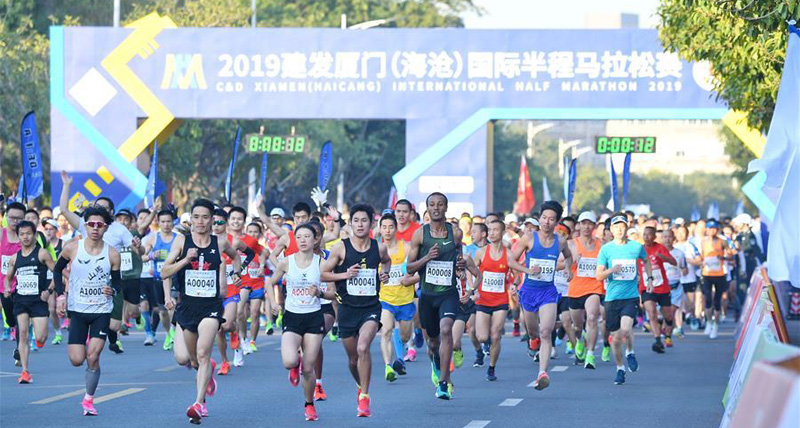
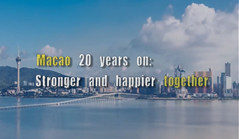 play
play